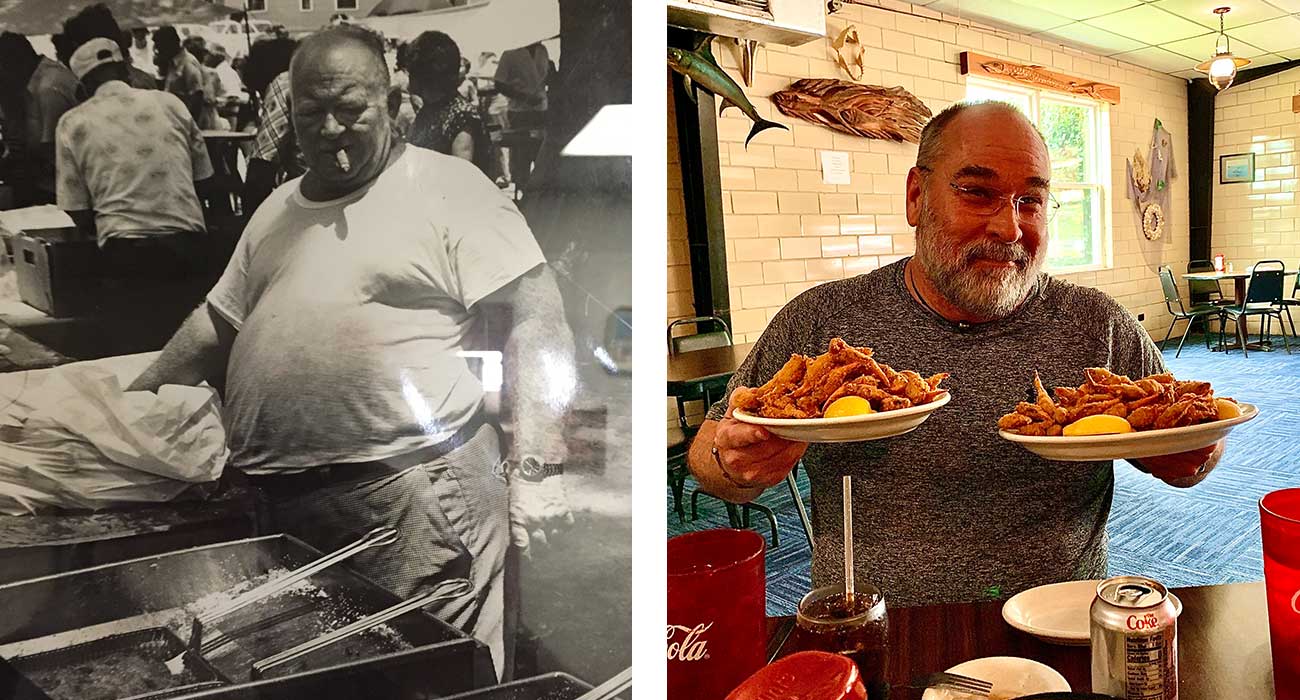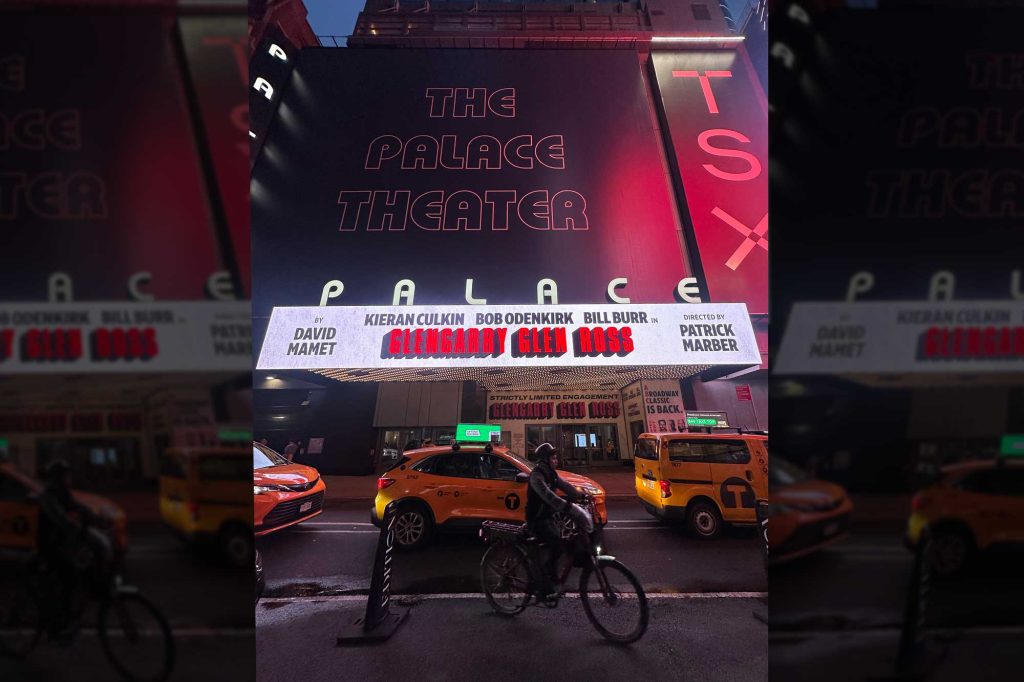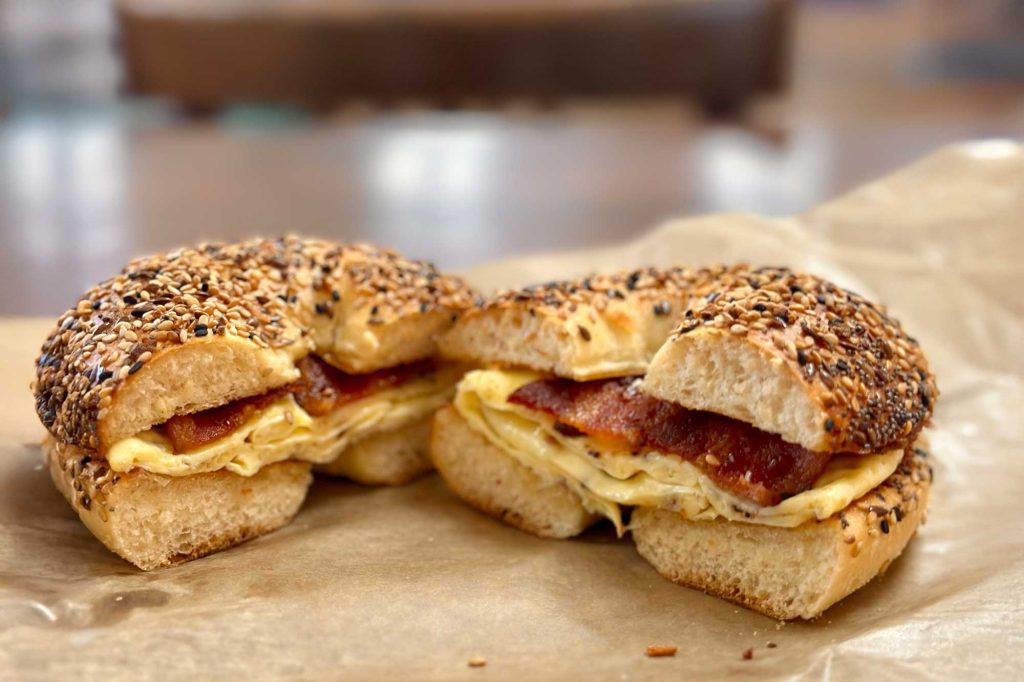Some of the restaurant world’s greatest food items have come from mistakes, near mistakes, the need to use by-products, and items that were— at one time or another— headed for the trash can.
That chocolate lava cake dessert that was so hot in the late 1990s was actually a mistake made when a chef pulled an individual chocolate cake out of the oven too early and the center was uncooked and oozed out onto the plate once it was cut. As overused and commercial as that dessert has become, I still like it— mainly because I’m the type of guy who would rather lick a spoon from a bowl of brownie batter than eat an actual brownie.
For years seafood suppliers separated crabmeat into three categories: the less expensive and smaller picked-over lobes of crabmeat usually called “special white,” the slightly larger lobes called simply, “lump,” and the king daddy— and most expensive— of all blue crabmeat sold by the pound, “jumbo lump.” Crab claws were usually stripped from the cartilage and sold as “claw meat.” No one wanted claw meat still on the claw.
Fried crab claws were invented by Bill Bayley, a former merchant marine seaman, who owned a restaurant on the Dauphin Island Parkway in the heart of blue crab country and not too far from the epicenter for great crabmeat, Bayou La Batre, Alabama. Sometime after Bayley opened the restaurant in 1947, he got tired of throwing away crab claws and decided to bread them, deep fry them, and serve them with tartar sauce. A menu craze was born. Though it took years for fried crab claws to become the hot menu item they are today.
Thirty years ago, when I was doing all of the purchasing in the kitchens of our restaurants, I paid $4.95 for a pound of crab claws. I just checked my price on today’s seafood purchasing sheet and we are purchasing domestic crab claws for $21.99 per pound. Just to give you a relational comparison, my price for filet mignon today is $11.76 per pound. A former throwaway byproduct of the seafood industry is now almost twice as expensive as— what many consider— the finest cut of steak.
We were one of the first restaurants in town to serve fried crab claws. In the early 2000s, they got so expensive; I didn’t feel right about having them on the menu for what we would need to charge for them, so I took them off of the menu. People were mad. I stood my ground for almost a decade. Then, one day in late summer when the price was down, I added them back as a feature item. They were still a costly item, but people wanted them and didn’t mind paying. I learned a valuable lesson then— give the people what they want, if they want it bad enough, they are happy to pay the cost. In the 1980s, we were the very first restaurant in town to serve Buffalo wings.
I have a friend who spent a career in the chicken business. He started in the early 1960s when wings were the least desirable part of the chicken and ranked just above the beaks and feet. “We couldn’t give them away in the 1970s,” he once told me. “Now people are raising chickens for the wings and breasts, alone.”
Hot wings might be the most popular of all of the by-product dishes. There are national chains all across the country— some with hundreds of units— that specialize in deep frying chicken wings and tossing them in a mixture of margarine and hot sauce.
There are several active arguments over who served the first hot wings, and I won’t get into that squabble here. It doesn’t really matter. Though it appears that sometime in the late 1970s or early 1980s they started making an appearance on menus. Like the Cobb Salad, I imagine someone was just throwing together a quick dish in the kitchen and tossed some leftover fried chicken wings in a simple hot sauce dilution, and then threw in a side of blue cheese dressing as a foil and added a few celery sticks because they were cheap and helped to lessen the heat.
Today there are hundreds of bastardized wings being sold, using hundreds of sauce combinations, with many varying degrees of heat. My son used to like boneless wings which are not wings at all, but another by-product of a breast cut. Today he agrees with the old 14th-century adage, “The nearer the bone, the sweeter the meat.”
A lot of corporate-themed restaurant companies have hopped onto the hot wing bandwagon over the past decade, but my son (who is truly a devout hot wing aficionado, as are most in his generation) and I have found that— like barbeque joints— the best wings are served in some of the roughest-looking places.
Bayley’s Seafood Restaurant is still operating in the same building in Lower Alabama. Chain restaurants and fast-food joints have whittled into Bayley’s volume, but ground zero for fried crab claws is still at Bayley’s Corner on the Dauphin Island Parkway. They fry them right and pile them high. The next time you’re in the area, stop in to one of the South’s old-line seafood establishments. It’s not every day one gets to visit the birthplace of a world-renown dish.
Onward.




